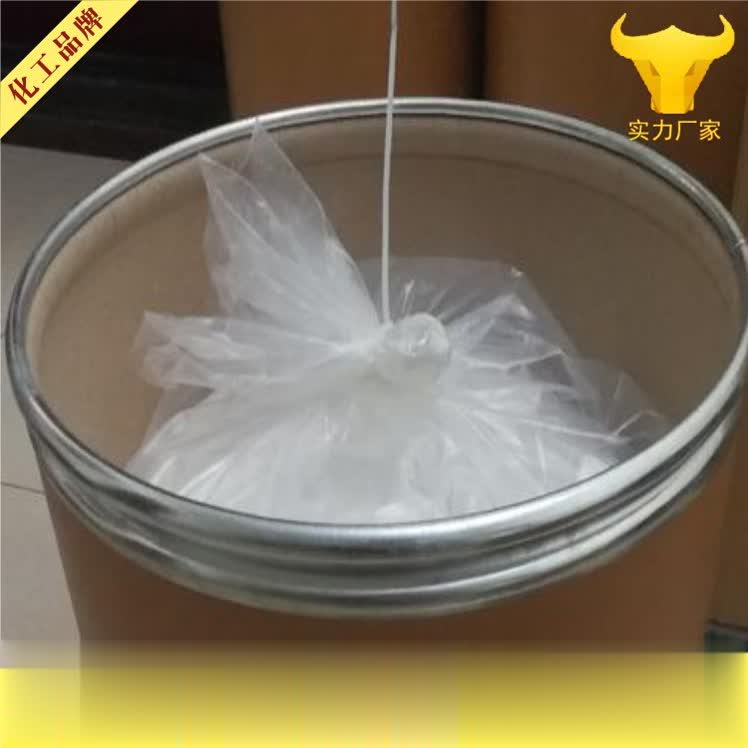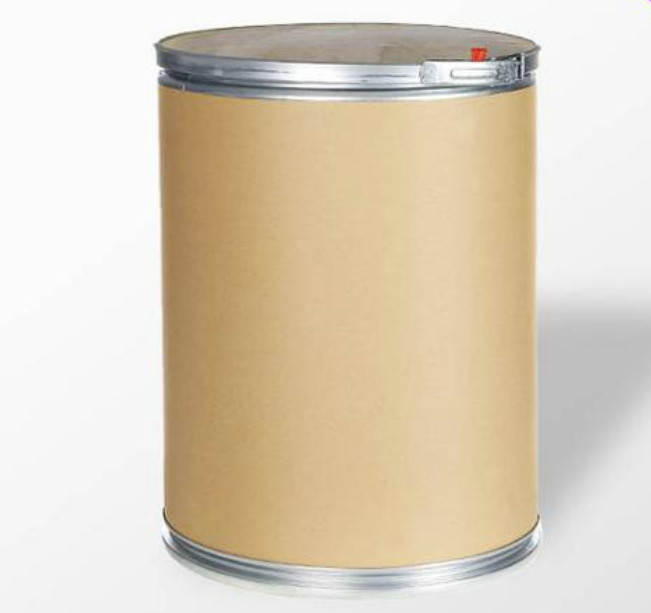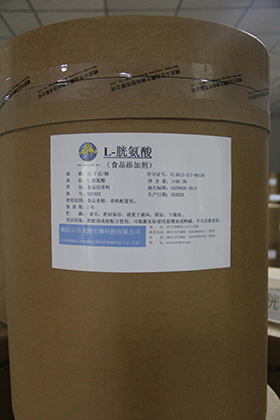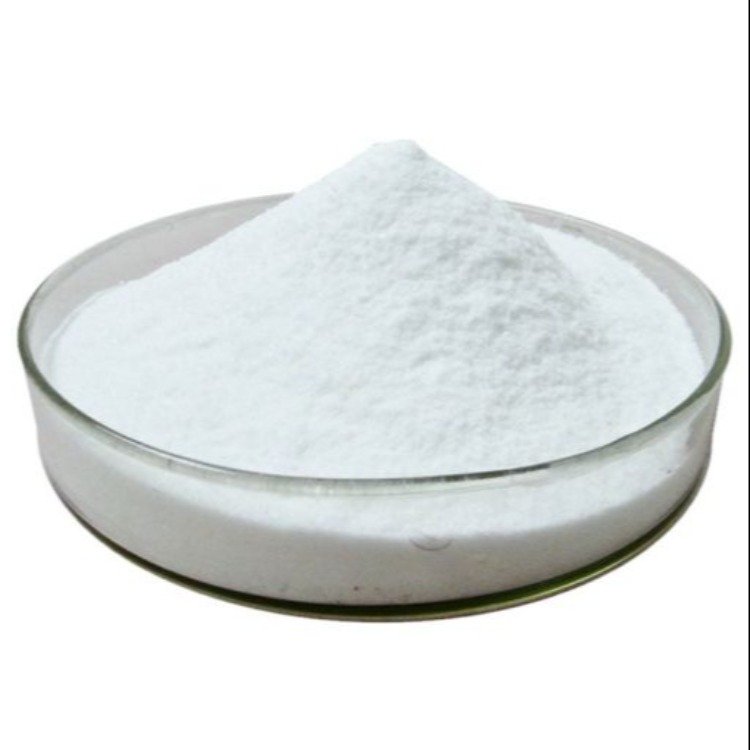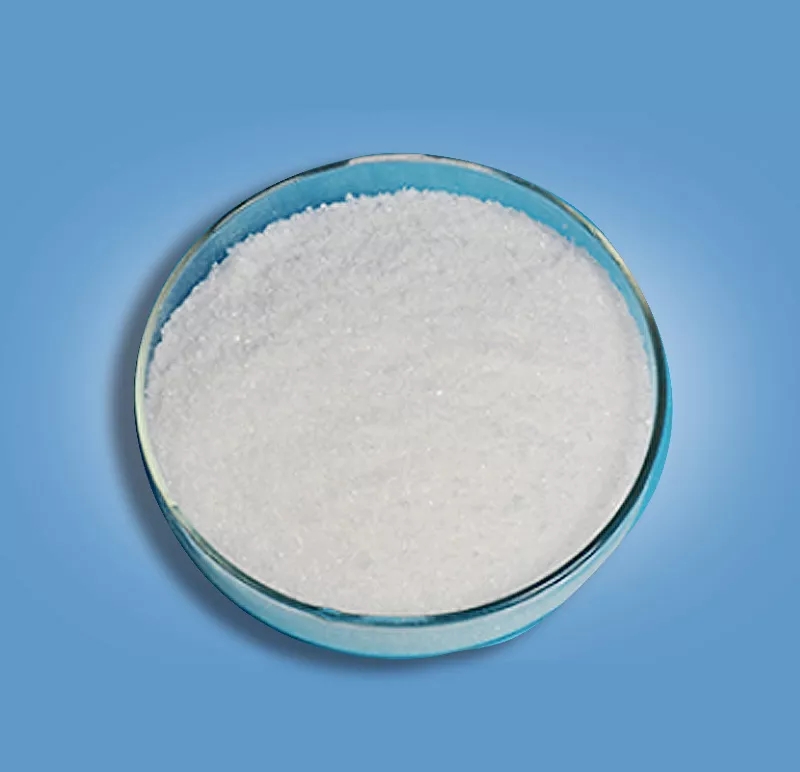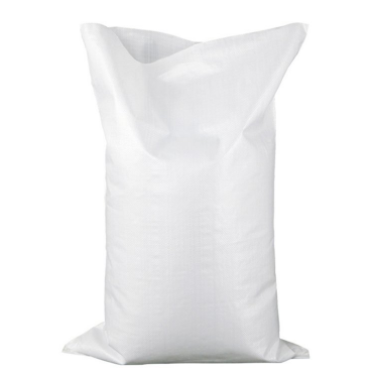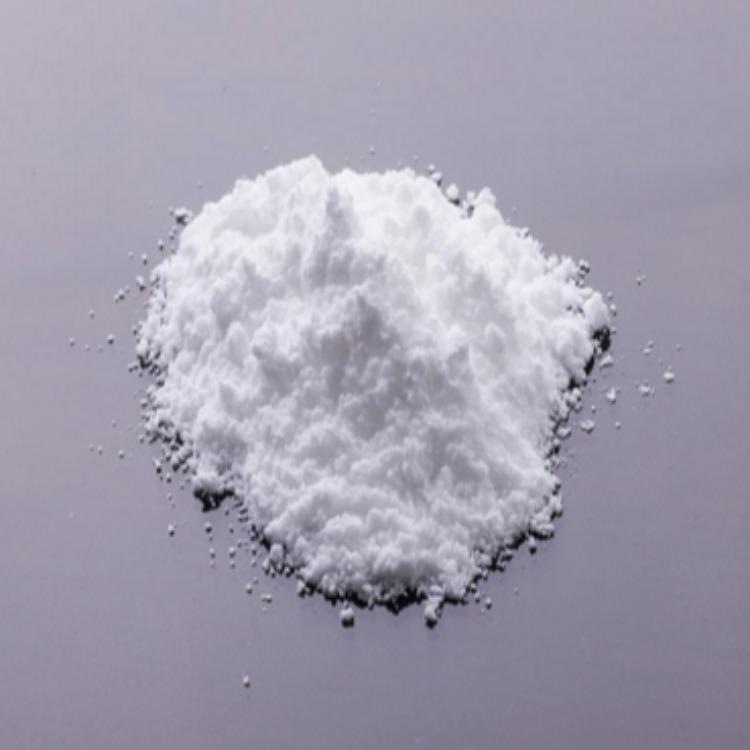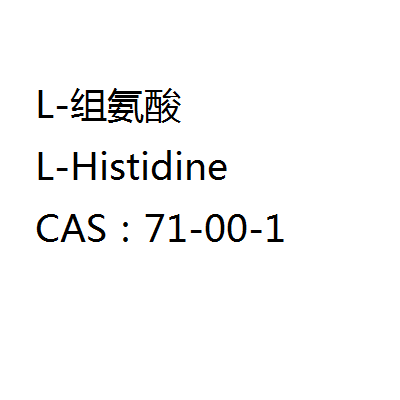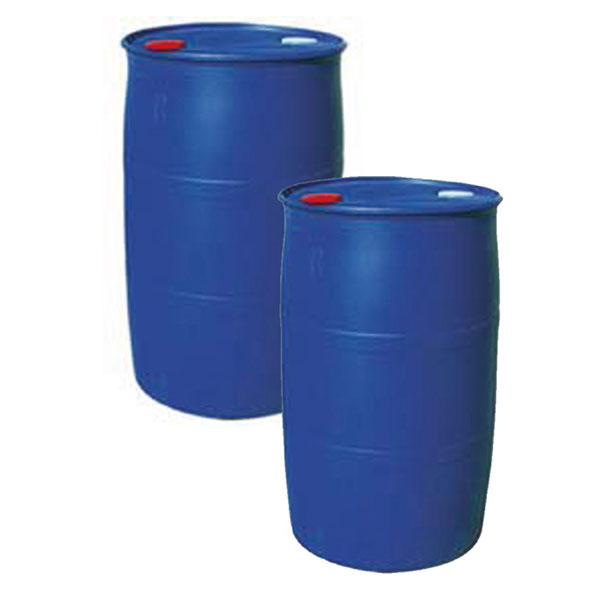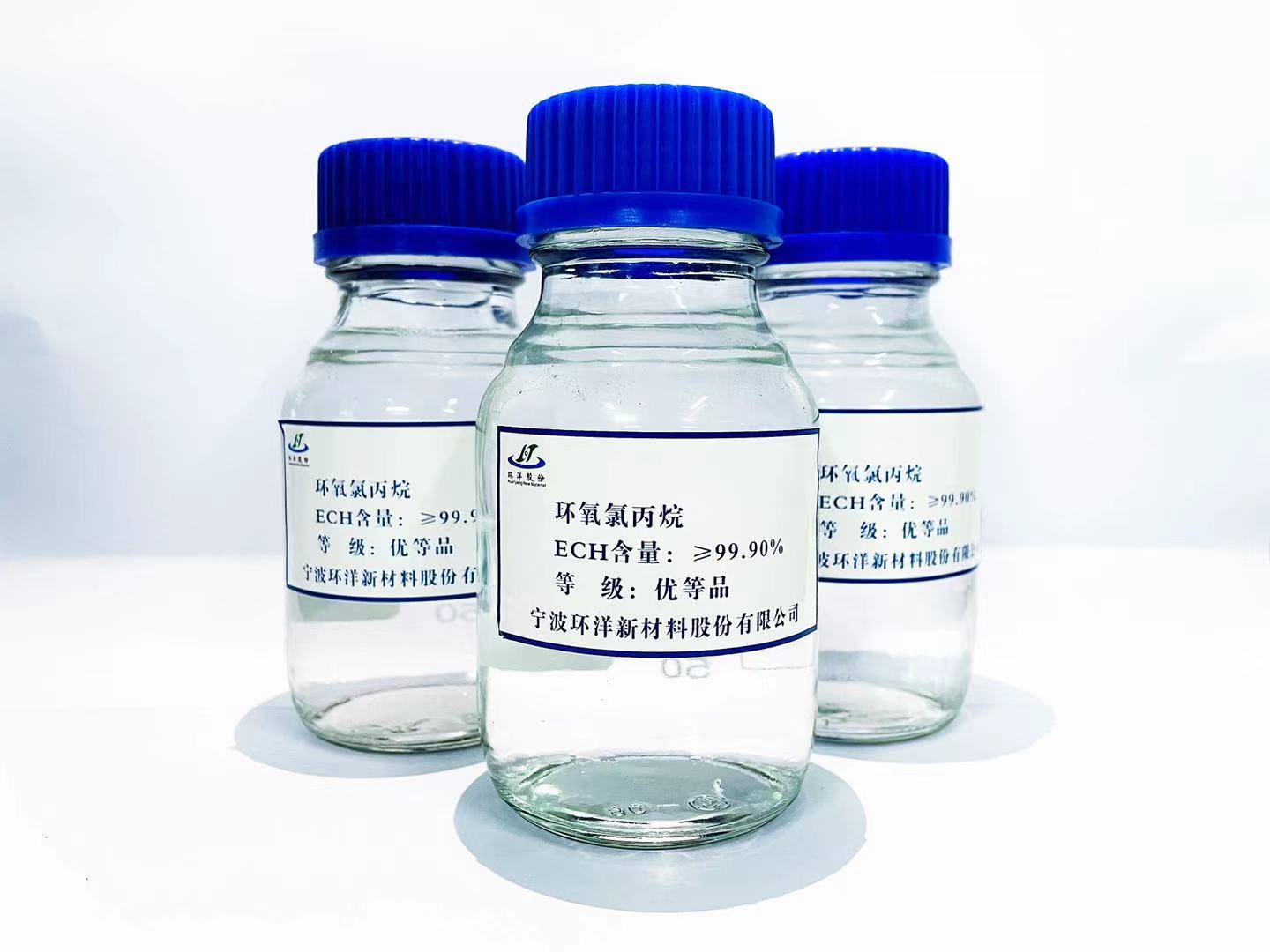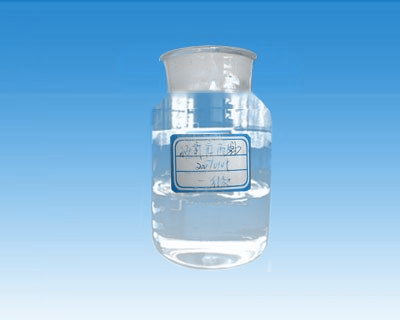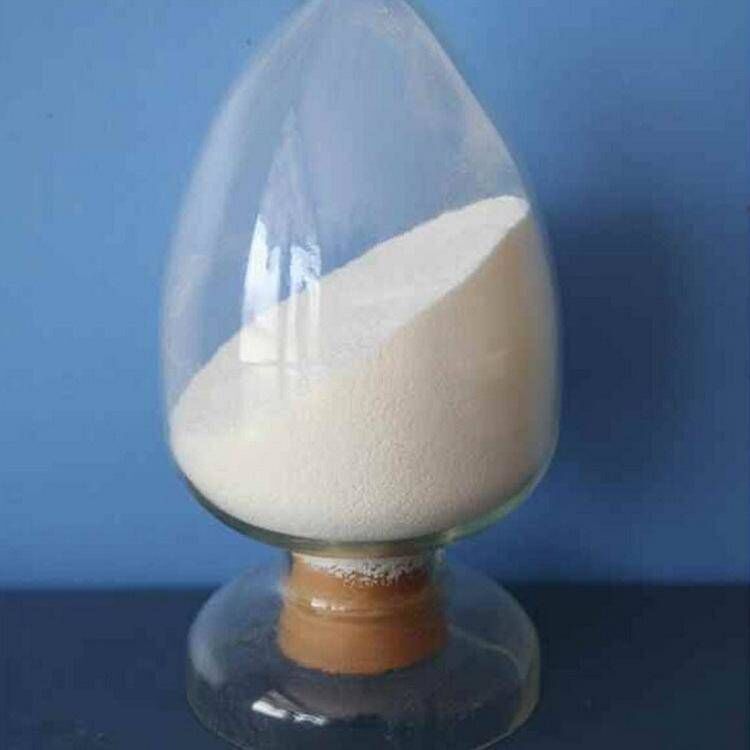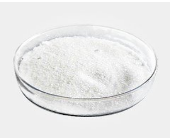Pharmaceutical Raw Materials
Veterinary API
Antiallergic Drugs
Hormones and Endocrine Drugs
Drug Metabolism
Pharmaceutical Intermediates
Synthetic Anti Infective Drugs
Specialty Drugs
Vitamins and Minerals Medicines
Feed Drug Additive
Antineoplastic Agents
Nervous System Drugs
Respiratory Drugs
Diagnostic Agents
Anti Stress Drugs
Antipyretic Analgesics
Antiparasitic Drugs
Circulatory System Drugs
Biochemicals
Blood System Drugs
Immune System Medication
Pharmaceutical Excipients
Fluid, Electrolyte, and Acid-Base Balance
Urinary System Drugs
Antibiotics
Anesthetic Agents
Inhibitors
Other Chemical Drugs
Digestive System Drugs
Alias
More Information
(H-Cys-Oh)2; L-Cystine; .β.,.β.'-Diamino-.β.,.β.'-Dicarboxydiethyl Disulfide; Cystin; 1-Cystine
Brief Introduction
L-cystine is a nutritional supplement. It is used for breast milk of milk powder. It is a non essential amino acid. It is essential for skin and hair, and can promote the treatment of surgery and trauma. Stimulate hematopoiesis and promote leucopoiesis. It can promote the oxidation and reduction of body cells. It can also be used as an additive for cosmetics. It can promote wound healing, prevent skin allergy and treat eczema.
Suppliers
View More Vendors (4) >
CAS:99-76-3
Molecular Formula:C8H8O3
Alias
More Information
4-Hydroxybenzoic Acid Methyl Ester; Methyl 4-Hydroxybenzoate; Benzoic Acid, 4-Hydroxy-, Methyl Ester; Methyl P-Hydroxybenzoate; Methyl Paraben
Brief Introduction
Broad spectrum antibacterial activity, can inhibit gram-negative, positive bacteria, yeast and mold has a strong inhibitory effect, compared with the traditional preservative products (such as sodium benzoate), with low concentration, broad spectrum and high efficiency, and safe and economic, long service life. It is widely used for antisepsis of cosmetics, medicine, food and other industrial products. The product can be used alone or combined with other Nipagin Esters to achieve better anti-corrosion effect. It can be compatible with various components in cosmetics.
Suppliers
View More Vendors (4) >
CAS:71-00-1
Molecular Formula:C6H9N3O2
Alias
More Information
(S)-2-Amino-3-(4-Imidazolyl)Propionic Acid~H-His-Oh; L-Histidine Base; H-His-Oh
Brief Introduction
It is an important component of amino acid infusion and compound amino acid preparation. It can be used to treat gastric ulcer. It can be used as sweetener. It is also used in biochemical research.
Suppliers
View More Vendors (3) >
CAS:106-89-8
Molecular Formula:C3H5ClO
Alias
More Information
1,2-Epoxy-3-Chloropropane; 1-Chloro-2,3-Epoxypropane; Epichlorhydrine; 2,3-Epoxypropyl Chloride; 2-(Chloromethyl)Oxirane; 3-Chloro-1,2-Epoxypropane; 3-Chloro-1,2-Propylene Oxide; 3-Chloropropene-1,2-Oxide; 3-Chloropropylene Oxide; 3-Chloropropyl Epoxide; Alpha-Epichlorohydrin; Allyl Chloride Oxide; Epichlorohydrin (ECH)
Brief Introduction
Epichlorohydrin is a volatile and flammable, clear, colorless, liquid, chlorinated cyclic ether with an irritating, chloroform-like odor that emits toxic fumes of hydrochloric acid and other chlorinated compounds when heated to decomposition. Epichlorohydrin is used in the manufacture of epoxy resins, synthetic glycerin and elastomers. Exposure to epichlorohydrin irritates the eyes, skin and respiratory tract, and can cause chemical pneumonitis, pulmonary edema, and renal lesions. This substance also affects the blood. Epichlorohydrin is reasonably anticipated to be a human carcinogen and may be associated with an increased risk of developing respiratory cancer.
Suppliers
View More Vendors (3) >
CAS:1115-70-4
Molecular Formula:C4H12ClN5
Alias
More Information
Metformin Hydrochloride; 3-(Diaminomethylidene)-1,1-Dimethylguanidine Hydrochloride (1:1); 1,1-Dimethylbiguanide Hydrochloride; 1,1-Dimethylbiguanide Hydrochloride (Metformin); Metformin Hydrochlor
Brief Introduction
Metformin hydrochloride is an anti diabetic agent that reduces blood glucose levels and improves insulin sensitivity. This product is a hypoglycemic drug.
Suppliers
View More Vendors (3) >
Inquiry (
10
/ 10
)
Clear All
Sign In
Error!

